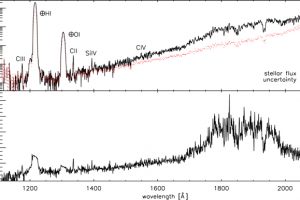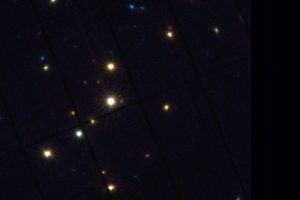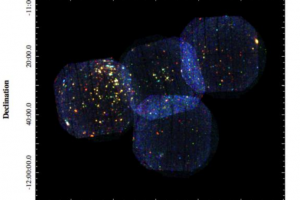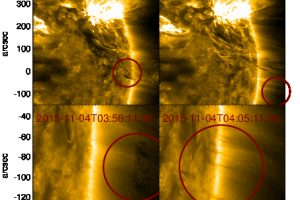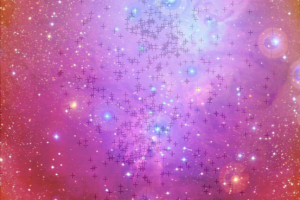Accretion funnels connecting the young stars in Orion and their protoplanetary disks. The study “X-Ray Flare Oscillations Track Plasma Sloshing along Star-disk Magnetic Tubes in the Orion Star-forming Region” of F. Reale published on ApJ
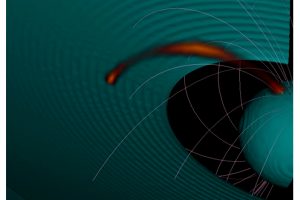
di Mario Giuseppe Guarcello ( segui mguarce) A recent study by a team of researchers of INAF-Astronomical Observatory of Palermo, the University of Palermo, and the University of Madrid, recently published on the Astrophysical Journal, shows that enormous flares in the young stars in Orion are due to large magnetic loops connecting the stars and their protoplanetary disks,
» Read more


